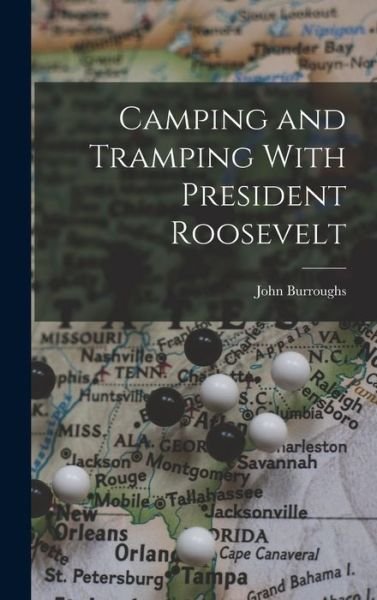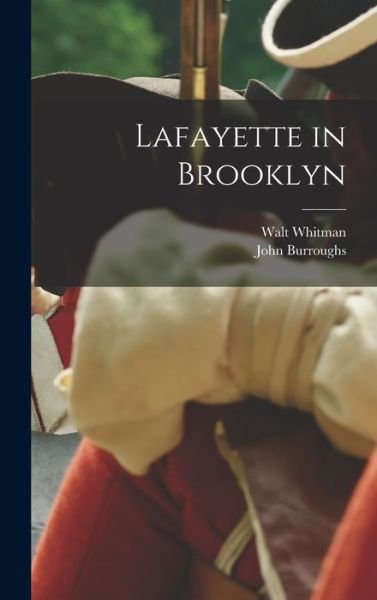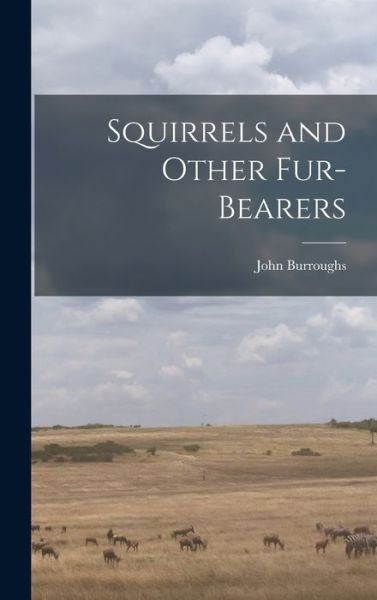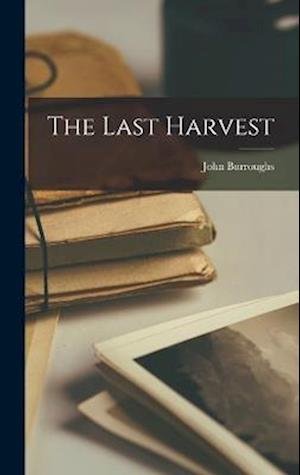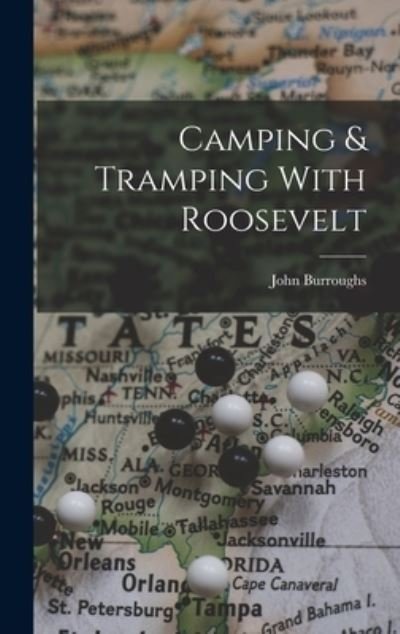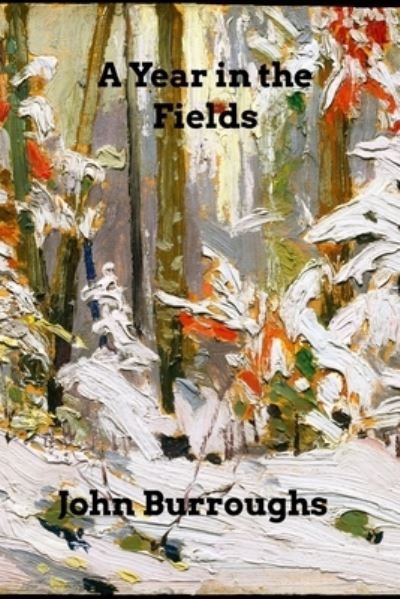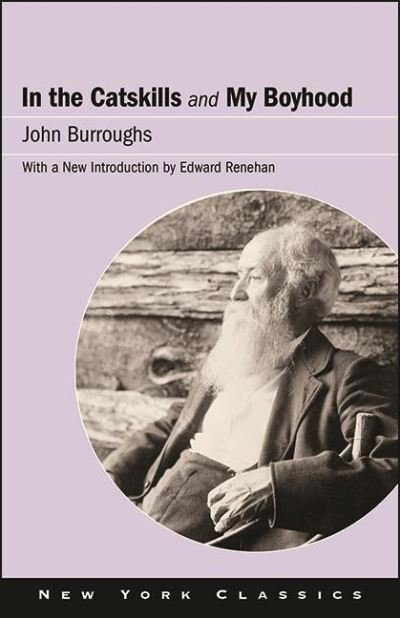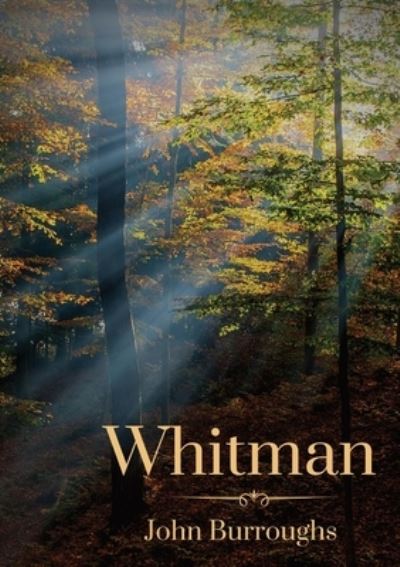
Tell your friends about this item:
Signs and seasons. By
John Burroughs
Signs and seasons. By
John Burroughs
Renowned as a pioneer of the new school of nature writing and among the most widely read authors of his time, John Burroughs has had a profound influence on our appreciation of nature. Signs and Seasons, originally published in 1886, provides an excellent introduction to the extensive work of one of America's great writers. Because the essays were collected and arranged by Burroughs himself, they offer a synoptic view of his complex and many-sided genius. Signs and Seasons covers a wide range of Burroughs's interests, including plants and animals, the wilderness, pastoral landscapes, and the methods and goals of the naturalist. An authoritative new introduction by Jeff Walker makes Burroughs's work relevant to the twenty-first century, not only through Burroughs's excellent natural history writing but also through his beliefs about community, sustainability, and social justice, Additional notes give historical and scientific context for each essay and offer the reader fresh insight into his work. Walker's intimate knowledge of the Hudson River valley, Riverby, and Slabsides, the areas about which Burroughs writes, reveals sympathy for, and understanding of, Burroughs's work. ... John Burroughs (April 3, 1837 - March 29, 1921) was an American naturalist and nature essayist, active in the U. S. conservation movement. The first of his essay collections was Wake-Robin in 1871. In the words of his biographer Edward Renehan, Burroughs' special identity was less that of a scientific naturalist than that of "a literary naturalist with a duty to record his own unique perceptions of the natural world." The result was a body of work whose resonance with the tone of its cultural moment explains both its popularity at that time, and its relative obscurity since. Burroughs was the seventh of Chauncy and Amy Kelly Burroughs' ten children. He was born on the family farm in the Catskill Mountains, near Roxbury in Delaware County, New York. As a child he spent many hours on the slopes of Old Clump Mountain, looking off to the east and the higher peaks of the Catskills, especially Slide Mountain, which he would later write about. As he labored on the family farm he was captivated by the return of the birds each spring and other wildlife around the family farm including frogs and bumblebees. In his later years he credited his life as a farm boy for his subsequent love of nature and feeling of kinship with all rural things. During his teen years Burroughs showed a keen interest in learning. Among Burroughs's classmates was future financier Jay Gould. Burroughs' father believed the basic education provided by the local school was enough and refused to support the young Burroughs when he asked for money to pay for the books or the higher education he wanted. At the age of 17 Burroughs left home to earn the money he needed for college by teaching at a school in Olive, New York. From 1854 to 1856 Burroughs alternated periods of teaching with periods of study at higher education institutions including Cooperstown Seminary; he left the Seminary and completed his studies in 1856. He continued to teach until 1863. In 1857 Burroughs left a teaching position in the small village of Buffalo Grove in Illinois to seek employment closer to home, drawn back by "the girl I left behind me."On September 12, 1857, Burroughs married Ursula North (1836-1917). Burroughs later became an atheist with an inclination towards pantheism. Burroughs had his first break as a writer in the summer of 1860 when the Atlantic Monthly, then a fairly new publication, accepted his essay Expression. Editor James Russell Lowell found the essay so similar to Emerson's work that he initially thought Burroughs had plagiarized his longtime acquaintance. Poole's Index and Hill's Rhetoric, both periodical indexes, even credited Emerson as the author of the essay.
| Media | Books Paperback Book (Book with soft cover and glued back) |
| Released | December 10, 2016 |
| ISBN13 | 9781541034372 |
| Publishers | Createspace Independent Publishing Platf |
| Pages | 100 |
| Dimensions | 203 × 254 × 5 mm · 213 g |
| Language | English |
More by John Burroughs
See all of John Burroughs ( e.g. Paperback Book , Hardcover Book and Book )

 Christmas presents can be returned until 31 January
Christmas presents can be returned until 31 January




